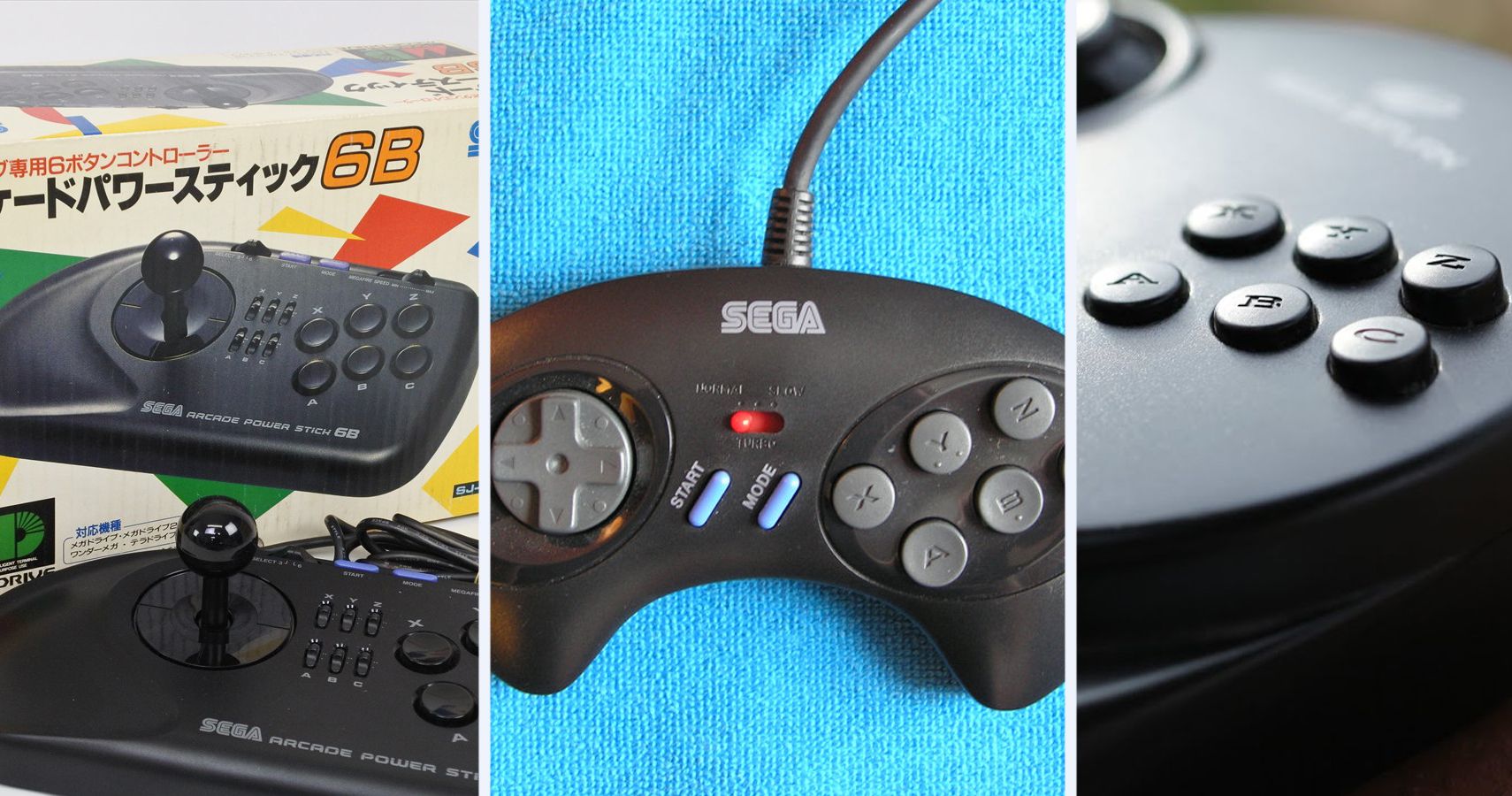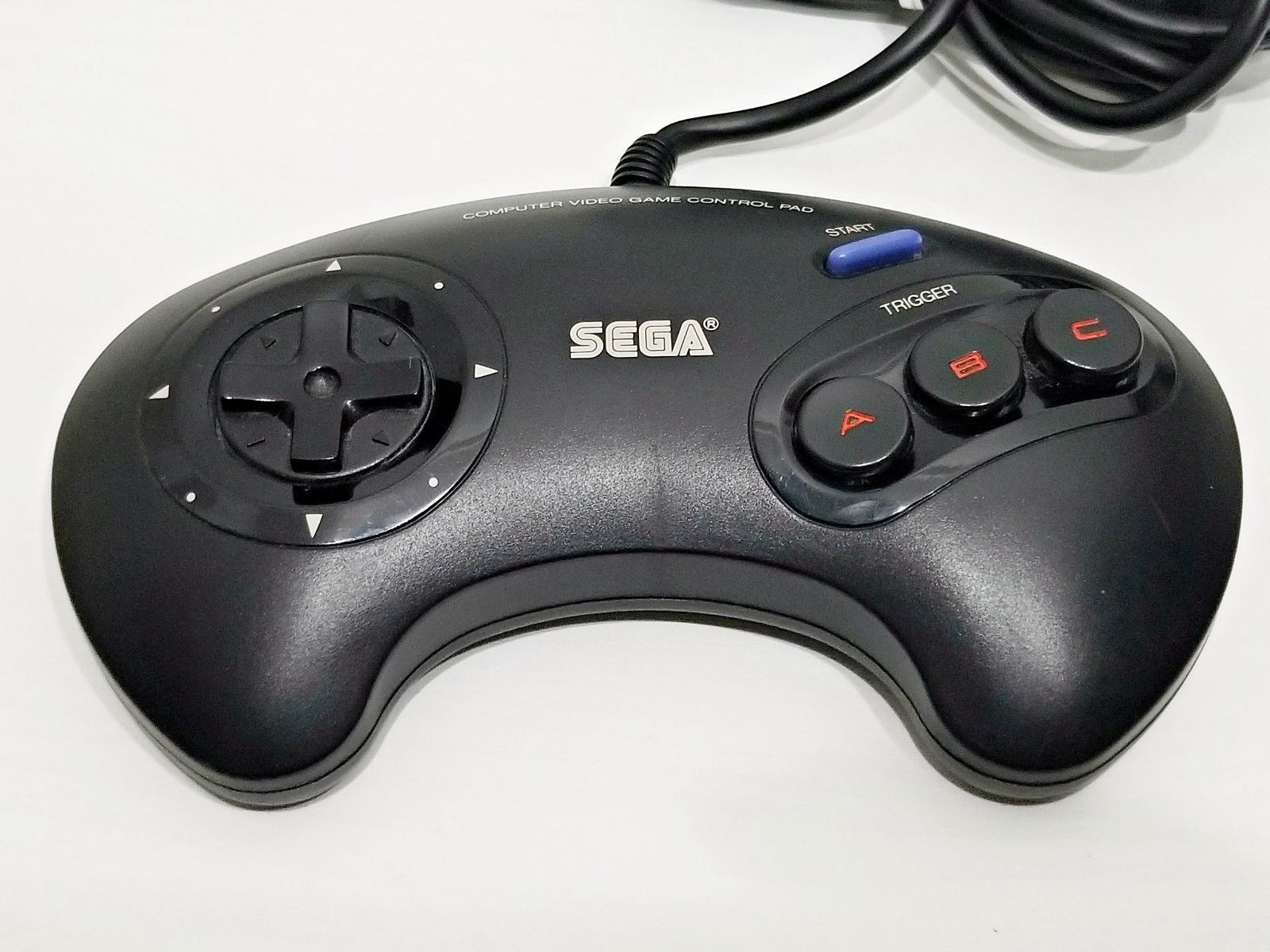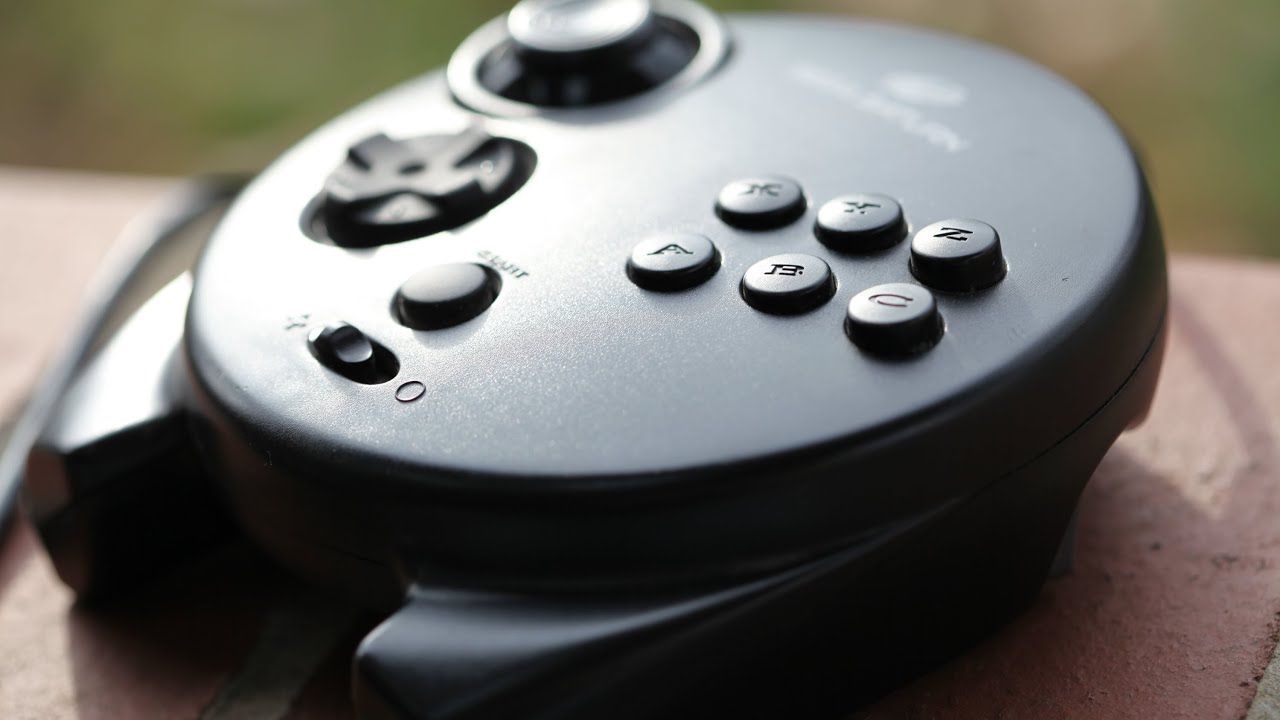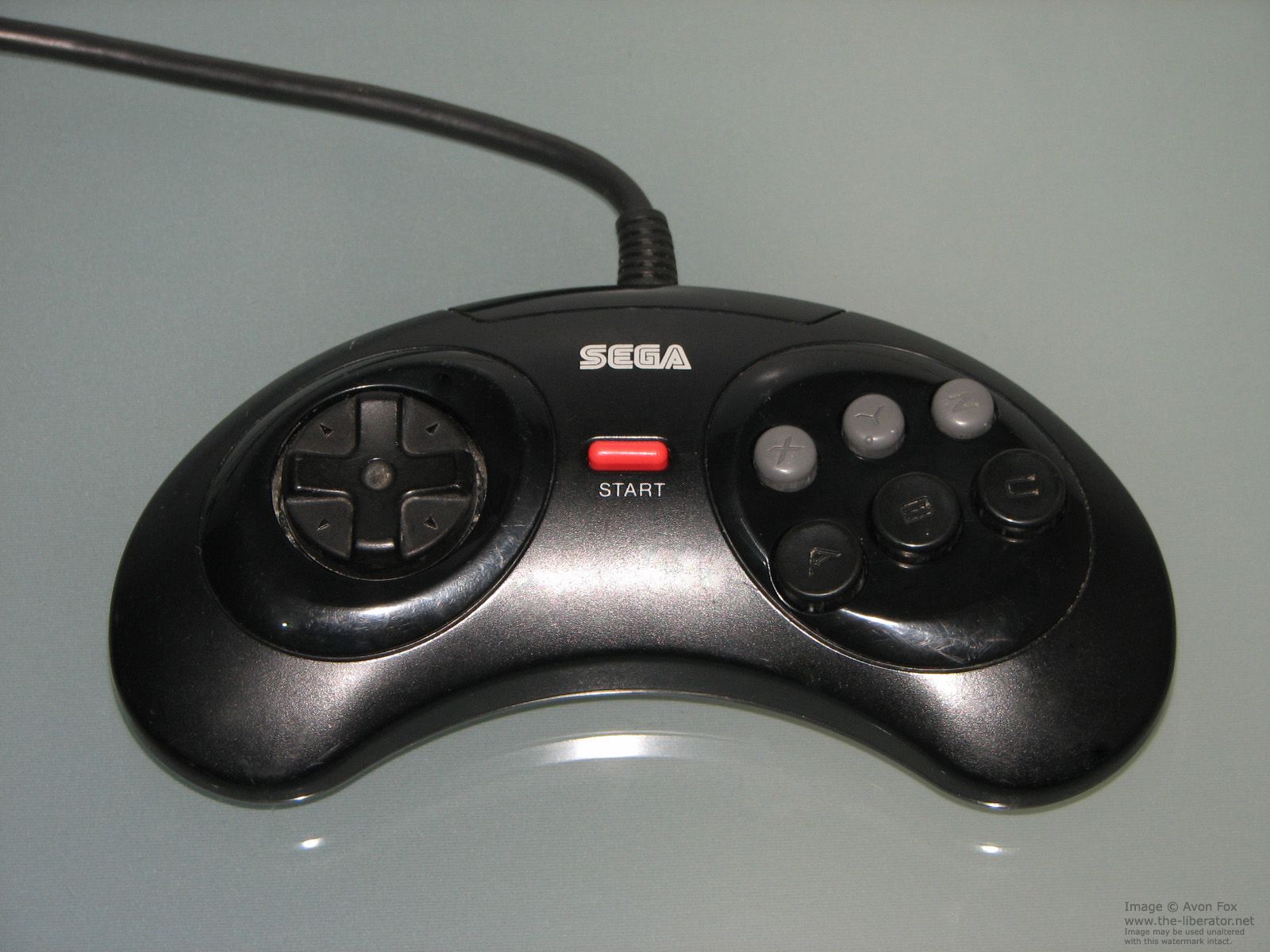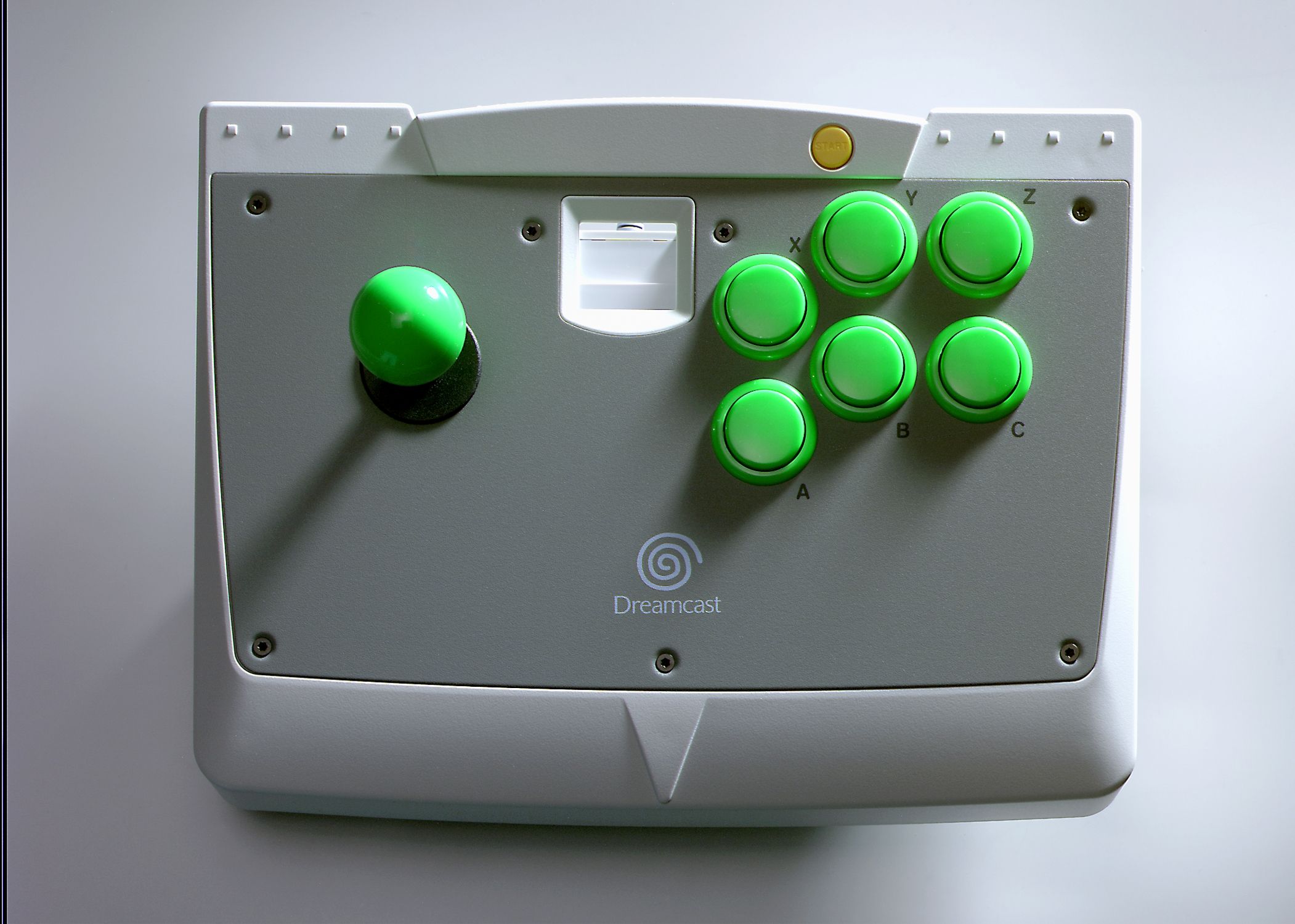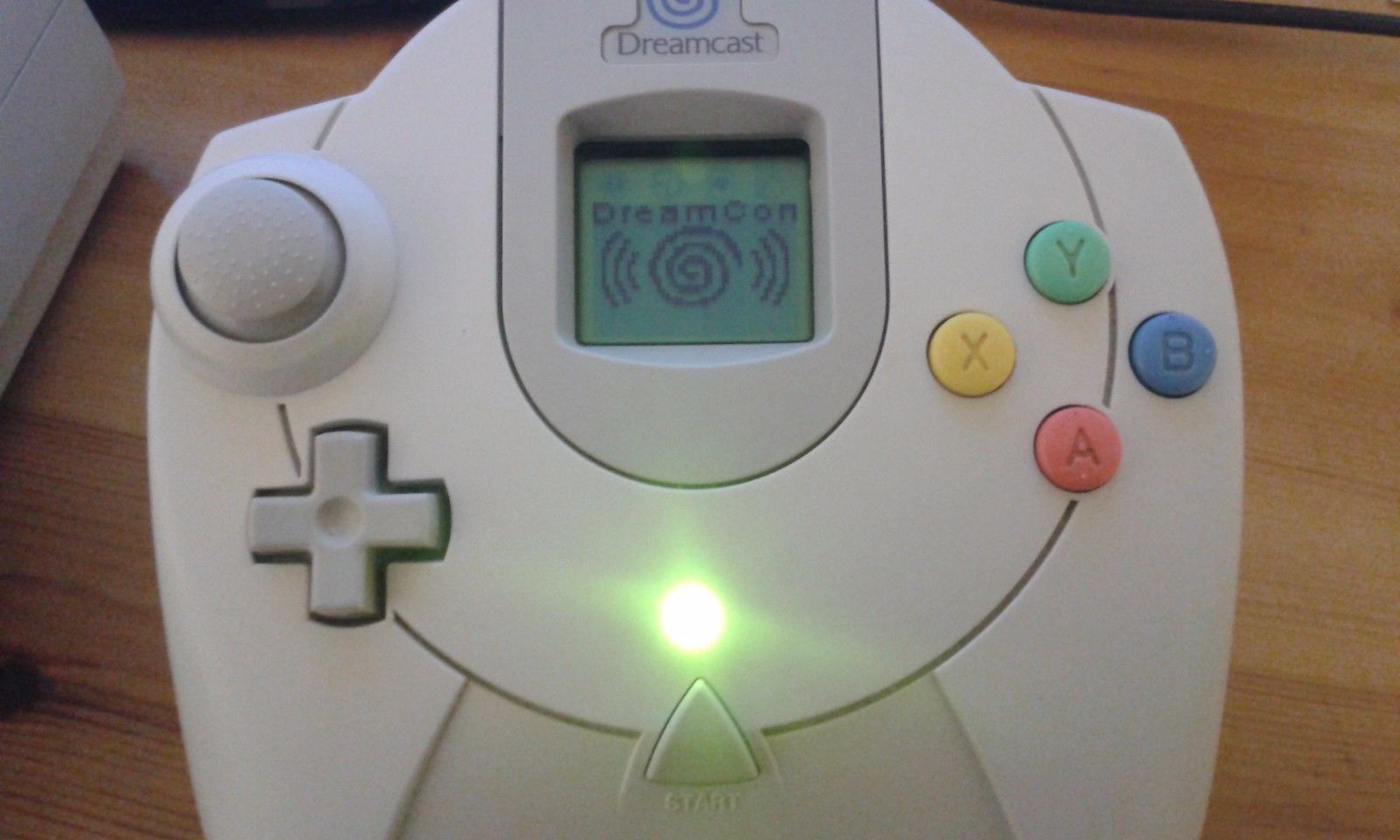Time has been rather interesting to the video game controller. Back when the medium was young, most consoles would often feature their own, radically unique controllers as an attempt to build a signature identity. Over time, however, controllers became more uniform and homogeneous.
Looking back, it can be hard to believe there was ever a time where controllers weren’t just standardly built. It can also be hard to believe that there was ever a time where SEGA was a genuine competitor. When it came to unique controllers, SEGA has the competition beat in the most minor of ways. Innovation may not have saved SEGA like they may have hoped, but it did lead to some rather interesting controllers.
10 The SJ Series
Compatible with the SC-3000, SG-1000, and SG-1000 II, the SJ series of controllers ushered SEGA into the console race. As controllers, the typical SJ is mainly just a joystick. Some variations do feature buttons, the SG-1000 and SG-1000 II’s in particular, but the SJ controller is more or less an Atari joystick.
This is a rather disappointing way to kick off Sega’s controller soiree. For a company known to be a bit odd when it came to hardware designs, the SJ series is surprisingly tame. Of course, it makes sense considering its consoles predate Nintendomination, but the average SJ leaves a lot to be desired nonetheless.
9 Arcade Power Stick 6B
Arcade Power Stick 6B is, in theory, a rather decent controller. A fight stick to the core, the Arcade Power Stick is arguably the best way to play games like Street Fighter on the SEGA Genesis/SEGA Mega Drive. Unfortunately, while that may be true for Japanese models, western models of the controller are… worse, to say the least.
What cripples the Arcade Power Stick 6B is the fact that the overseas versions feature less reliable rubber inputs, leading to a feel of play that neither feels natural or fluid. As a result, what good the Arcade Power Stick 6B might bring to a fighting game is more or less squashed by its shoddy material.
8 Control Pad (Sega Master System)
SEGA’s first “traditional” controller, the SEGA Master System Control Pad is one of the simplest on this list in terms of both design and structure. More or less the Famicom controller, the SEGA Master System’s Control Pad is one of the earliest instances of controller uniformity. Of course, SEGA wouldn’t play things safe for long, but it’s still worth noting.
As a controller, this first Control Pad is frankly fine. It doesn’t do anything special, but it doesn’t need to. It gets the job done, it plays the games well, and it feels comfortable enough. It’s a bit on the outdated side and not nearly as comfy as the Famicom controller, but it’s good enough.
7 Control Pad (Mega Drive)
What’s better than a controller with two buttons? Well, a controller with three buttons, of course! The SEGA Genesis/Mega Drive Control Pad is truly one of the most bizarre controllers any company ever released for their console. In no world is a three controller format suitable for gameplay. No world but the ones created for the Sega Genesis.
Using the three-buttoned Control Pad should be stiff, awkward, and weird, but it’s frankly none of those things. Except arguably weird. As a controller, it’s surprisingly comfortable and gets the job done well with first-party SEGA games. Third parties do tend to suffer a bit more, but it’s overall a controller far better than it has any right being.
6 Sega Multi-Controller
At first glance, the Sega Multi-Controller is an utter disaster. Round, visibly clunky, and six face buttons are enough to overwhelm anyone. That said, this is the controller that virtually all modern controllers are descended from.
Not only did it offer a better analog alternative to the Nintendo 64, but it also featured analog shoulder buttons and came up with placement for the analog stick that would pretty much become universal for both PlayStation and Xbox controllers. It may be an affront, but the Sega Multi-Controller is an incredibly important piece of hardware that manages to play surprisingly well.
5 Six-Button Control Pad
What’s better than a controller with three buttons? Well, a controller with six buttons, of course! The three-button Control Pad may have kicked off the SEGA Genesis’ career, but it was the Six-Button Control Pad that defined its run and solidified SEGA as a creator of weird controllers. Not just that, it was a marked improvement over its predecessor.
Comfier with more gameplay variety, the sky was the limit with the Six-Button Control Pad in hand. Of course, it didn’t do too much that was particularly exciting, given the era it originated in, but that doesn’t make it any less novel or special.
4 6 Button Arcade Pad (MK-1470)
With all that in mind, the Six-Button Control Pad is nothing compared to the final controller SEGA created for the Mega Drive/Genesis: the 6 Button Arcade Pad (MK-1470). That number variation is particularly important, as it distinguishes the controller from the standard Six-Button Control Pad in certain regions.
Not only is the revision much smaller, leading to tighter play, but it also features a Turbo button, better material all around, and generally better performance. This is the controller to own for anyone looking to play the Mega Drive/Genesis. Of SEGA’s six-button controllers, this is the only one that makes six-button gameplay feel completely natural.
3 Dreamcast Arcade Stick
SEGA did try once again with an arcade stick for the Dreamcast, and the results were radically different. Unlike the Arcade Power Stick 6B, SEGA believed in the Dreamcast Arcade Stick to the point where it was released day one with the Dreamcast. It wasn’t just an accessory—it was the accessory, an alternative to traditional play.
More importantly, the Dreamcast Arcade Stick was actually compatible with most Dreamcast games, not just the fighters or shooters. This was a controller that had legitimate value, trying in intimately with its library. Very rarely is an arcade stick designed so thoughtfully. It’s just a shame the Dreamcast failed as badly as it did.
2 Control Pad (SEGA Saturn)
The 6 Button Arcade Pad (MK-1470)’s direct successor, the SEGA Saturn Control Pad is easily the best interpretation of the six-button SEGA structure the company ever saw. While it may lack analog support in a generation that was more or less defined by analog play, the SEGA Saturn Control Pad is nevertheless a comfortable take on an awkward concept.
That’s the main takeaway with all these SEGA controllers. For as backward as they may seem, SEGA saw fit to refine their best ideas into something palatable. More importantly, these ideas only seem backward because modern controllers are so homogeneous. The SEGA Saturn Control Pad manages to be one of the best D-Pad controllers out there without playing follow the leader.
1 Dreamcast Controller
That said, what’s the harm in following the leader every now and again? For SEGA's final outing, they looked to their competitors for the “answer” and developed the Dreamcast. It was a console so good, people couldn’t stop pirating its games until the company was forced to go third-party. Tragic, yes, but it did lead to the creation of the Dreamcast controller.
Way ahead of its time, the Dreamcast controller features modern sensibilities in a unique form. Its VMU compatibility led to some truly creative design decisions that managed to streamline game concepts, and it’s generally an incredibly comfortable controller. The Dreamcast died fast, but its controller will live on for the dozens of people still playing their DC.

